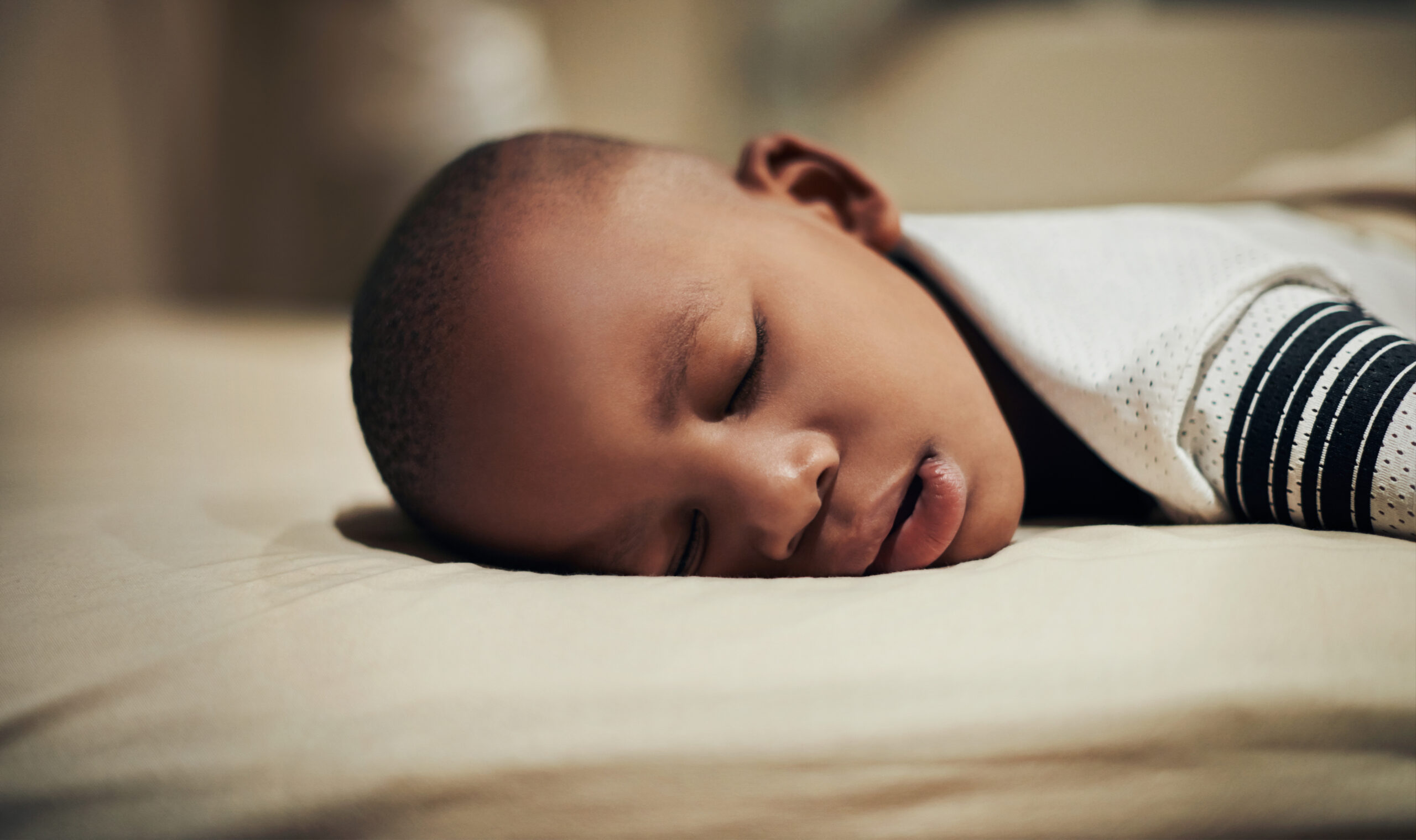
Sixteen years ago, I was sick and getting sicker. Despite over 20 medical appointments with five medical professionals, I was misdiagnosed with anorexia and hypochondria. I lost 30 pounds — rapidly dropping to a size 00. I was always thirsty, exhausted, achy, and depressed. Then I started wetting the bed — yes, as an adult. I had chronic sinus infections that rounds and rounds of antibiotics couldn’t touch.
I was diagnosed with Type 1 diabetes in the emergency room. When I couldn’t wake up from a mid-morning nap, my husband couldn’t get ahold of me. He rushed home and took me to the hospital. An hour after I arrived, a doctor walked into my curtained room, his eyes wide as he skimmed the bloodwork printout in his hands. My blood sugar was seven times the norm. I was admitted to the ICU, in a medical state called diabetic ketoacidosis, where doctors worked to save my life. Thankfully, I had arrived in just enough time. The doctors said an hour later, and I would have died.
Type 1 diabetes used to be called juvenile diabetes, since it was thought to only be a disease children had. But Type 1 diabetes is something that any person can develop. My islet cells, attacked by a stomach virus (we think), stopped producing insulin — a life-sustaining hormone. Without enough or any insulin, a person’s blood sugar goes higher and higher, creating a dangerous, toxic environment in which the body starts shutting down.
Over my years with Type 1, I’ve read horrifying stories from parents whose children were diagnosed too late or nearly too late (like me). Pediatricians assumed the children had another illness, while parents weren’t aware of the signs of Type 1. Since cold and flu season is quickly approaching and our children head back into the classroom, it’s critically important that parents understand common symptoms of Type 1 diabetes.
Constant thirst
A child who is constantly thirsty may seem quite normal during warmer weather or if the child sweats a lot through play or athletics. But a common symptom of Type 1 diabetes happens in a child who is always thirsty, perhaps sneaking drinks of liquids they don’t normally have (juice or soda). Also look for dry mouth, dry skin, and dry eyes. An undiagnosed Type 1 diabetic can seemingly never get enough liquid in them to satisfy.
Frequent urination and urine accidents
A child who drinks a lot pees a lot, right? Well, yes. But in an undiagnosed Type 1 diabetic, they experience frequent urination as their kidneys work extra hard to get rid of excess glucose. Urine accidents in otherwise potty-trained kids is another symptom. Parents should beware that kids who experience this symptom can be misdiagnosed with a urinary tract infection (UTI). Some pediatricians routinely screen kids for glucose in their urine — but some do not.
Weight loss
One of the most obvious signs of Type 1 is a child who is not gaining weight (as expected) and is likely dropping pounds quickly. The child may be eating more than ever, be less active (due to higher blood sugars causing lethargy), and still be losing weight. Since insulin unlocks the body’s cells to utilize glucose, a person without appropriate insulin has a whole lot of glucose in their bodies. The body’s natural response to this starvation of sorts is to burn muscle and fat. This isn’t an eating disorder (such as what I was misdiagnosed as having).
Blurry vision
An undiagnosed Type 1 diabetic may notice that their eyesight isn’t what it used to be. They may complain of dry eyes or blurry vision. This is because glucose changes impact the eyes, just like all other parts of the body. Be aware that this isn’t something glasses (or eye drops) can fix and not something an optometrist may think to ask parents about. Once a person is diagnosed and their blood sugar is stabilized, their vision may return to normal.
Mood changes
A person with undiagnosed Type 1 diabetes doesn’t feel like themselves. They may experience symptoms that make you think they are depressed, being lazy, adjusting to a back-to-school schedule, or needing to get a better night’s rest. They don’t have the same energy they once did. As their blood sugar continues to climb, they can become lethargic — sleeping or lying around far more than ever before. It’s easy to think that a child is just going through a growth spurt, needing a nap, or perhaps going through puberty, when the underlying issue is that their blood sugar is a mess.
Vomiting
Though you may think your child is vomiting due to a “tummy bug” or eating too much dessert, one of the main symptoms of progressing, undiagnosed Type 1 diabetes is vomiting, nausea, and stomach pain. This tends to happen in the later stages, when it becomes a medical emergency. A Type 1 diabetic may be in diabetic ketoacidosis (DKA) in which the body is shutting down.
These aren’t all the symptoms of Type 1
If a child is demonstrating concerning symptoms, it’s important to seek immediate medical attention. The onset of Type 1 diabetes isn’t a wait-and-see situation. You are not an over-the-top parent for asking the doctor to check your child’s blood sugar. It takes a mere five seconds, using a single drop of blood on a strip, inserted into a glucose monitor. Knowing the signs of Type 1 may just save your child’s life.




